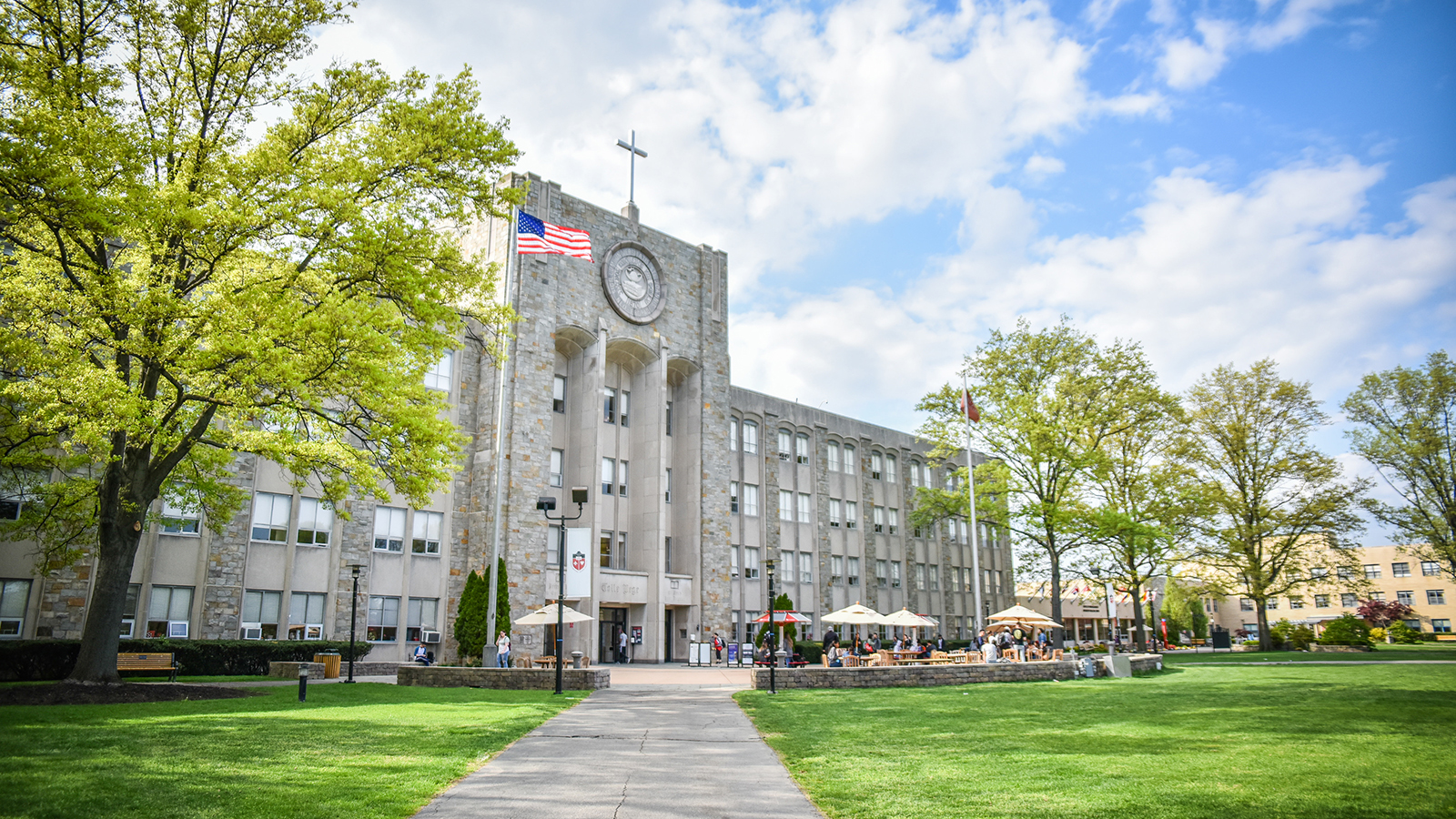Supplemental Nutrition Assistance Program (SNAP) Recipients in California to Receive Extra Funds
In a significant move to support families in need, California’s Supplemental Nutrition Assistance Program (SNAP) recipients will receive additional financial assistance this month. This initiative is particularly crucial as it addresses the challenges many low-income families face during the summer months when children lose access to free or reduced-price school meals.
Why It Matters
More than 40 million low-income Americans rely on SNAP to help them afford nutritious food. The program allows recipients to use Electronic Benefit Transfer (EBT) cards for qualifying food purchases at local grocery stores. For many families, especially those with children, the summer can bring added financial strain. With schools closed, children no longer benefit from the free or reduced lunches that are typically provided during the academic year. The extra funds available to California SNAP recipients this month could be the difference between a child going hungry and having enough to eat.
What To Know
Approximately 4 million children in California are set to receive automatic "SUN Bucks" food benefits. These benefits will be distributed via EBT cards, which will be mailed out later this month. Each eligible child will receive an additional $120, with further grocery funds of $40 being allocated monthly through the fall.
Jennifer Troia, Director of the California Department of Social Services (CDSS), expressed pride in California’s proactive approach: "We are proud that California was one of the first states in the nation to launch this new federal program last year, which is helping families in need across California." Last year alone, nearly $500 million in food purchases were made using SUN Bucks by families and caregivers throughout the state.
Eligibility for these benefits is straightforward. Households are automatically enrolled if their child receives free or reduced-price school meals or if the family is already receiving CalFresh, California Work Opportunity and Responsibility to Kids, or Medi-Cal benefits. Additionally, children in foster care, those experiencing homelessness, or part of migrant families are also automatically included. For those who are not automatically enrolled, applications can be submitted through a school mail application or a Universal Benefits Application by September 2.
What People Are Saying
Experts have weighed in on the importance of this initiative. Alex Beene, a financial literacy instructor at the University of Tennessee at Martin, highlighted the challenges some children face during summer break: "While most students look forward to summer, for some, the period is not without hardships. Accessibility to affordable food may present problems. Under SNAP, California has developed a system for the summer months where SUN Bucks are issued to help eligible families cover the costs of some food purchases."
Kevin Thompson, CEO of 9i Capital Group, acknowledged the benefits but also noted the limitations: "This will definitely help, although you are only providing $6/day to feed an eligible individual based on a 20-day month. Many won’t see this as enough, but it definitely helps."
What Happens Next?
All "SUN Bucks" cards are expected to be sent out by the end of July, and recipients must use the funds within 122 days. This extra funding is designed to ensure that children who receive free or reduced meals during the school year can continue to have access to nutritious food during the summer months.
Beene remarked on the broader implications of such programs: "California is not alone in this, as other states have attempted similar initiatives to provide meals to the most vulnerable during the summer months. It’s a good trend."
In conclusion, the additional SNAP benefits in California represent a vital lifeline for many families, ensuring that children have access to the food they need during the summer months. As states across the nation look to implement similar programs, the hope is that no child will go hungry, regardless of the season.










:max_bytes(150000):strip_icc()/GettyImages-2003716480-37bf68bd20454cb29efeedec946ae079.jpg?ssl=1)










:max_bytes(150000):strip_icc()/GettyImages-1810154198-8591a8137d8746baaefcfededf4ba8cd.jpg)